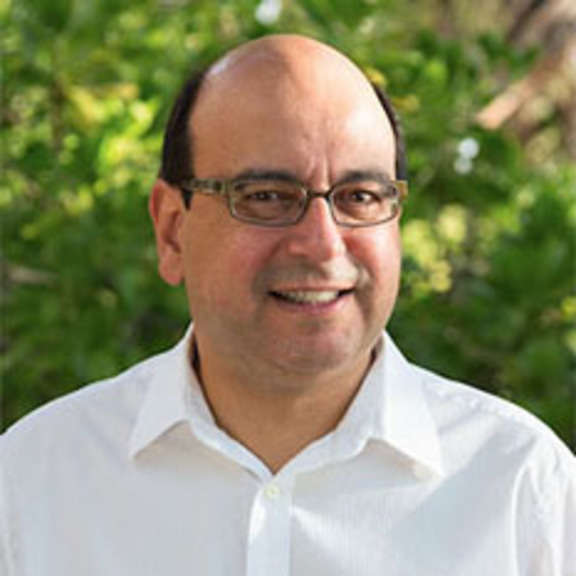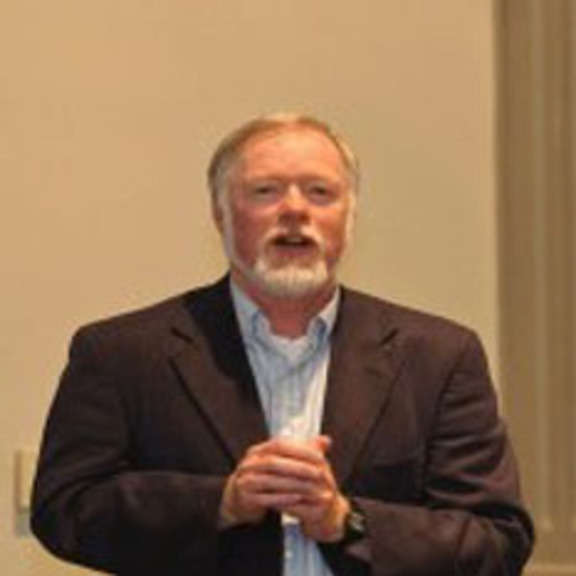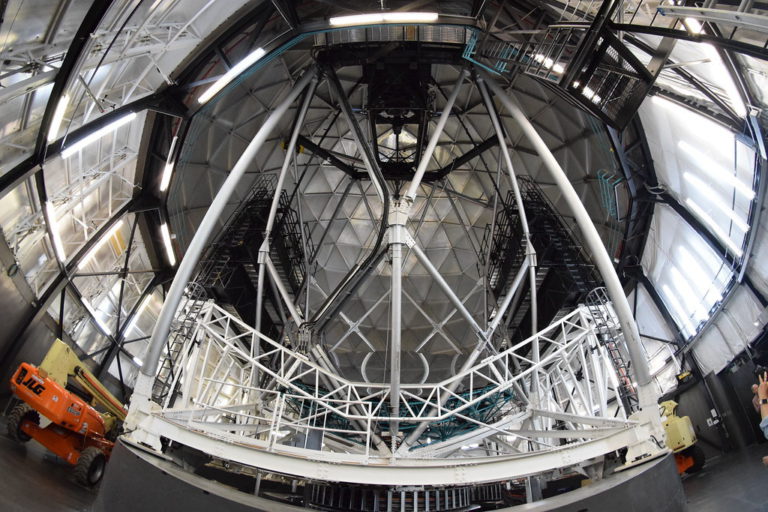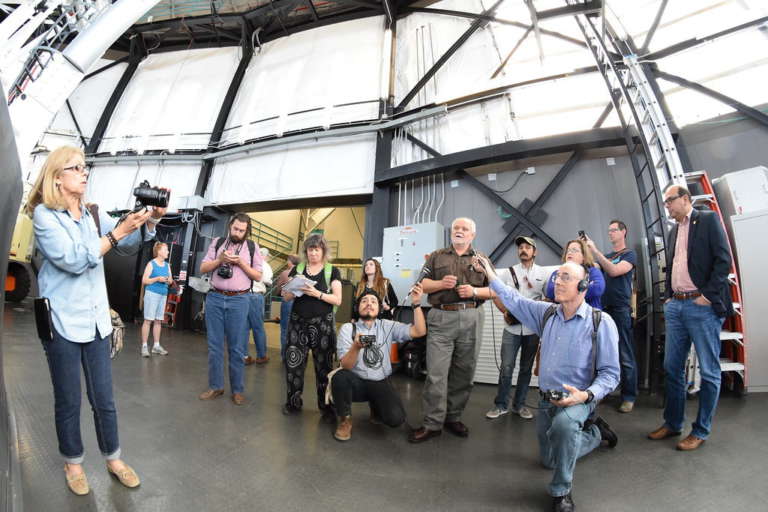Planetary Radio • Apr 19, 2017
McDonald Observatory and the Quest for Dark Energy
On This Episode

Taft Armandroff
Director for McDonald Observatory

Marc Wetzel
Education Coordinator for McDonald Observatory

Karl Gebhardt
Project Scientist for Hobby-Eberly Telescope Dark Energy Experiment (HETDEX)

Herman Kriel
Project Manager for Hobby-Eberly Telescope Dark Energy Experiment (HETDEX)

Larry Ramsey
Professor of Astronomy for Penn State University
The University of Texas at Austin’s observatory is high in the hills of west Texas. In this special episode, Mat Kaplan joins the tens of thousands who visit it each year. The occasion was the dedication of the vastly upgraded Hobby-Eberly Telescope (HET), third largest on Earth. The great instrument may help us understand the mysterious force known as dark energy. Mat talks with the Observatory’s Director and others who are part of this effort. You’re also invited to a McDonald star party!


Related Links:
- McDonald Observatory and Hobby-Eberly Telescope Photos
- McDonald Observatory
- The Hobby-Eberly Telescope
- HETDEX, The Hobby-Eberly Telescope Dark Energy Experiment
- “Bill Nye Saves the World” (Netflix Series)
- The Eclipse Megamovie Project
- Constellations Game Kickstarter Campaign Page
This week's prizes are Dante Lauretta’s new Constellations game, a March for Science pin, a Planetary Radio t-shirt, now available in both men’s and women’s styles, and a 200-point iTelescope.net astronomy account.
This week's question:
Within 100 or so, how many CONFIRMED exoplanets have been discovered?
To submit your answer:
Complete the contest entry form at http://planetary.org/radiocontest or write to us at [email protected] no later than Wednesday, April 26th at 8am Pacific Time. Be sure to include your name and mailing address.
Last week's question:
How many moons in our solar system are larger than Pluto?
Answer:
The answer will be revealed next week.
Question from the week before:
Who first noted what turned out to be Neptune, even though he is not credited with the discovery because he didn’t report its movement and may have thought it was a star?
Answer:
Galileo observed Neptune in the early 1600s, but thought it was a star. Or did he?


 Explore Worlds
Explore Worlds Find Life
Find Life Defend Earth
Defend Earth



